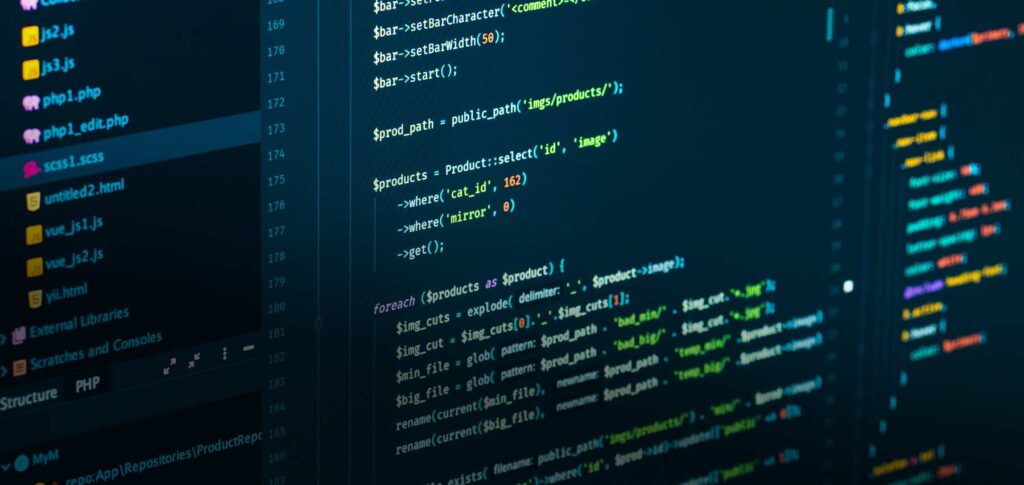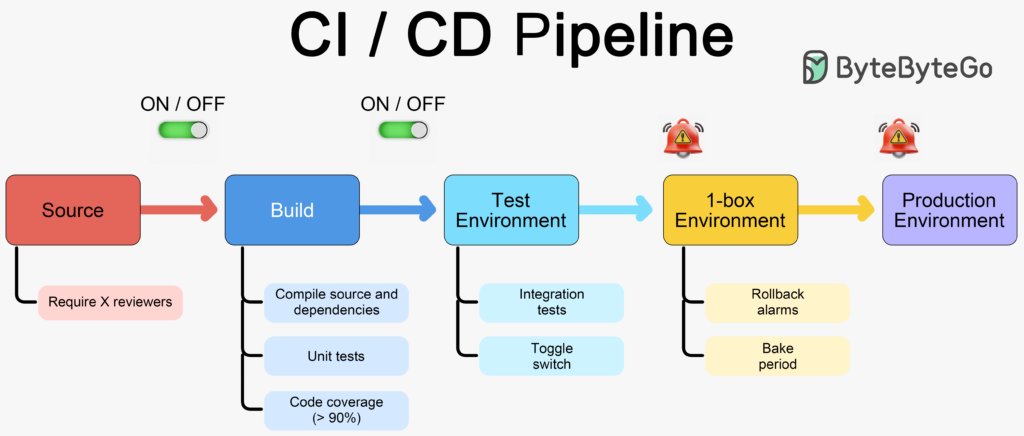Back-end development is the cornerstone of every well-performing application. Whereas server-side logic management and databases optimization are the key skills for a developer, making sure your application is efficient, scalable and secure ensures that you are a professional developer. Let’s talk about the Back End Development Best Practices to solve the major challenges.
Why Are Back-End Development Best Practices Important?
Developers apply best practices because of the following:
- They become able to produce solutions, which are scalable, reliable, and secure.
- They can deliver the answers for their users faster with less time spent on the server side.
- It brings the downtime to its minimum with the trust of the software that is free of vulnerabilities.
- They can detect the bug before it crashes the whole system and other future issues.
10 Back-End Development Best Practices
1. Start with Clear Planning and Architecture

- The right architecture mutation does not cause any bottlenecks to develop and sustain the product.
- State the technical requirements and the future technology the project will run on.
- Decide on the trading off of different technologies such as Django, Express.js, or Laravel concerning corresponding projects.
- Get the database relationships drawn to avoid the costly rewrite after development.
2. Write Modular and Maintainable Code
Modules in one place make your scalability and debugging easier besides making the development consistent and standardized.
- Adopt an appropriate architectural pattern like MVC (Model-View-Controller).
- Divide the application into small sections; each should handle a single task so that it can be maintained with clarity.
- Refactor the code more often for better readability and efficiency.
3. Optimize Database Interactions
To ensure fast application development, proper database management has to be a top priority.
- Standardize tables to diminish repeating rows and make your database more consistent.
- Use cache methods such as Redis or Memcached to boost database performance.
- Always apply database indexing for faster query response.
4. Prioritize Security at Every Step

Malicious operations in the back-end can result in data theft.
- To avoid data breach make sensitive data encryption mandatory among the team and the devices.
- Stay protected against SQL injection attacks by sanatizing all user inputs.
- Update software periodically to ensure that it is secure.
Read more about The Ultimate Guide to Front-End Development: Trends, Tools, and Techniques You Need to Know in 2024-2025
5. Test Early and Often
Bugs are caught in the testing phase before they get out to production environments.
- Set up and carry out the testing of unit, integration, and stress-simulation with PyTest or Mocha.
- API performance is tested to ascertain that it is consistent under the different other conditions too.
- Automate routine tests to cut down wastes of time and money.
6. Monitor and Log Application Behavior
The logs give you many answers about how the app behaves as well as errors that may appear.
- Look up logging utilities like Logstash, Graylog, and Splunk.
- Keep track of the condition of servers through monitoring software such as New Relic or Prometheus.
- Arrange for alerts for anything that isn’t right, like high CPU usage or slow query execution.
7. Implement Version Control and CI/CD Pipelines

Versioning allows easier collaboration.
- The most common methods used for managing versions are Git and compile-history.
- Let the teams go faster by including Jenkins or GitHub Actions in CI/CD pipelines.
- Before merging, always check the code changes through pull requests.
8. Adopt Microservices for Large Applications
Microservices add to scalability and fault-tolerance.
- Divide software into manageable components that can deploy separately.
- Facilitate Docker for containerization and Kubernetes for orchestration.
- Develop the right communication between services to the point of using RESTful APIs or gRPC.
9. Stay Updated with Industry Trends
Changes in the technology stack in the back-end development field are so fast.
- Read forums such as Smashing Magazine and Stack Overflow for the latest news.
- Explore the latest technologies and applications that can boost the development.
- Go to webinars, forums, or coding challenges on a check basis, but do it regularly.
10. Internal and External Links
To external links from high authority sites that link to professional, expert, and authoritative (PEA) texts.
- Link to the related posts such as “Front-End Development Best Practices” in your blog.
- Refer to external links of the authoritative assets like Git or Redis documentation.
- Let every one of the links open in new tabs, and they came across as a friendly link.
FAQs About Back-End Development
- Q1:What is back-end development?
Back-end development is the formation of the infrastructure behind an application, which is also called the server-side. - Q2: Why is modular code important?
Modularity helps break down code into small parts so these parts can be easily reused whilst also adding to the readability of the code and the maintainability of the application. - Q3: How can I secure my back-end application?
A back-end application can be protected by encrypting data, using screen inputs, and frequently updating dependencies to prevent security breaches.
Acquiring back-end development skills relies on a few different methods. Initially, you should have strategic planning, write maintainable & clean code and integrate new technologies. Complying with these best practices is guaranteed to have a secure, scalable, and efficient application. For entrepreneurs as well as for experienced developers, practicing these methods will develop your rear part abilities and increase the satisfaction of your site’s users to ever-greater levels.







